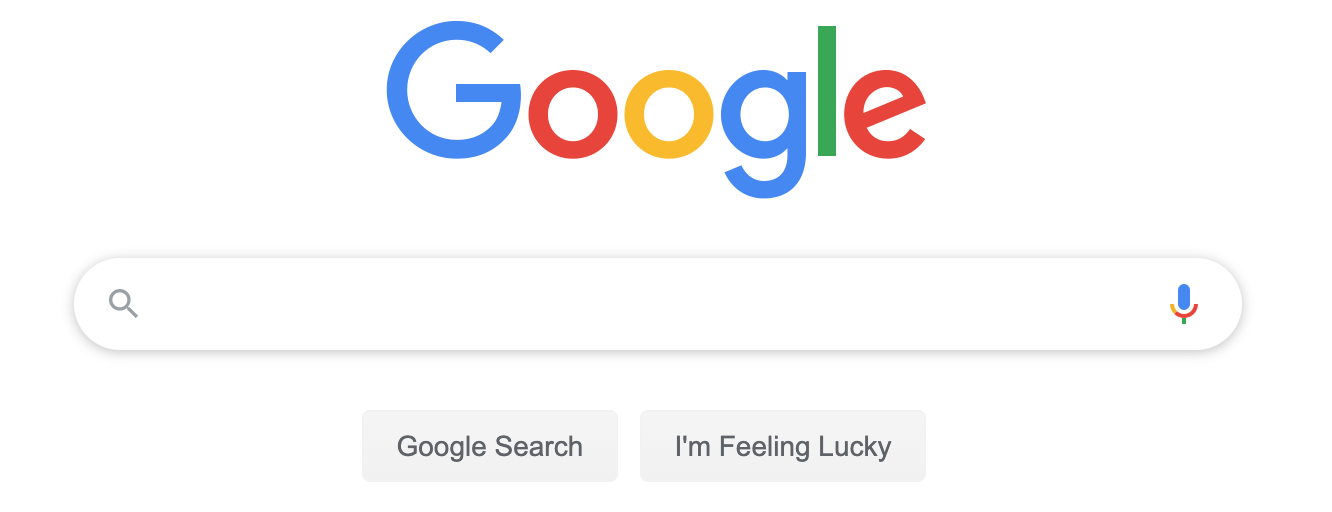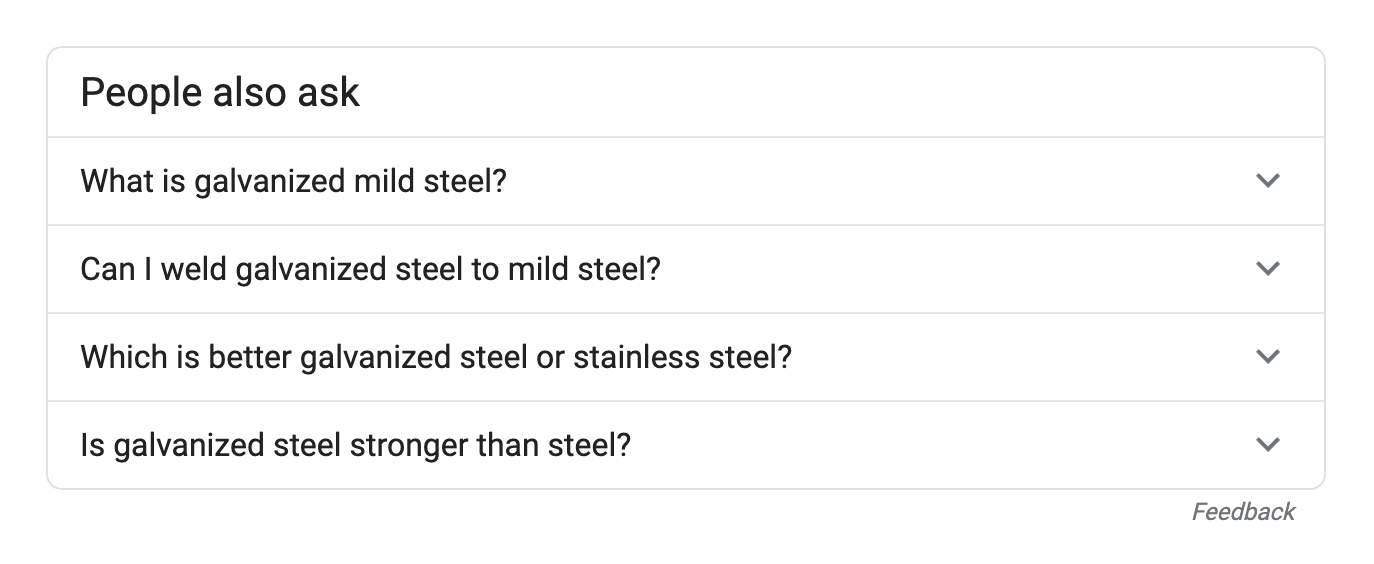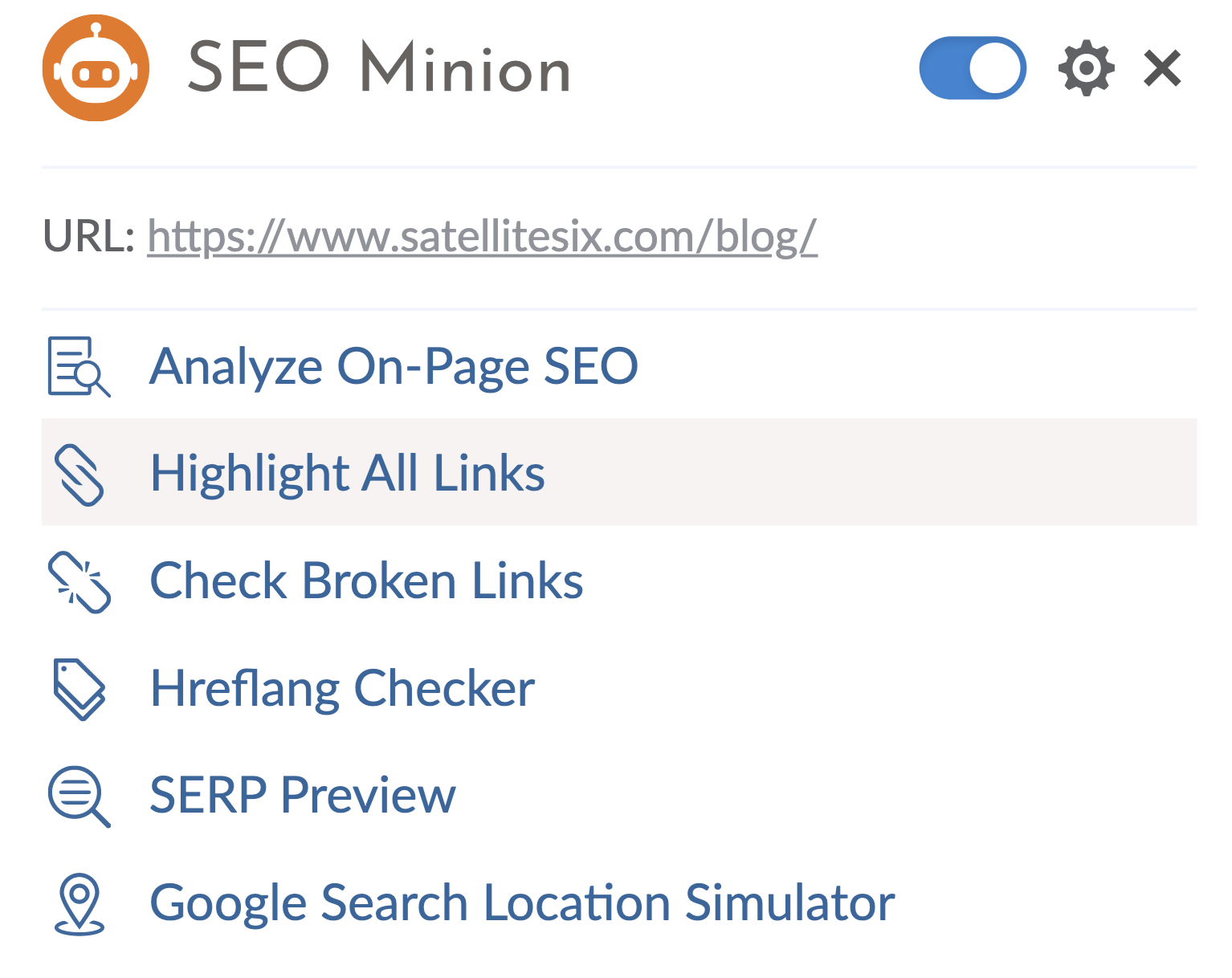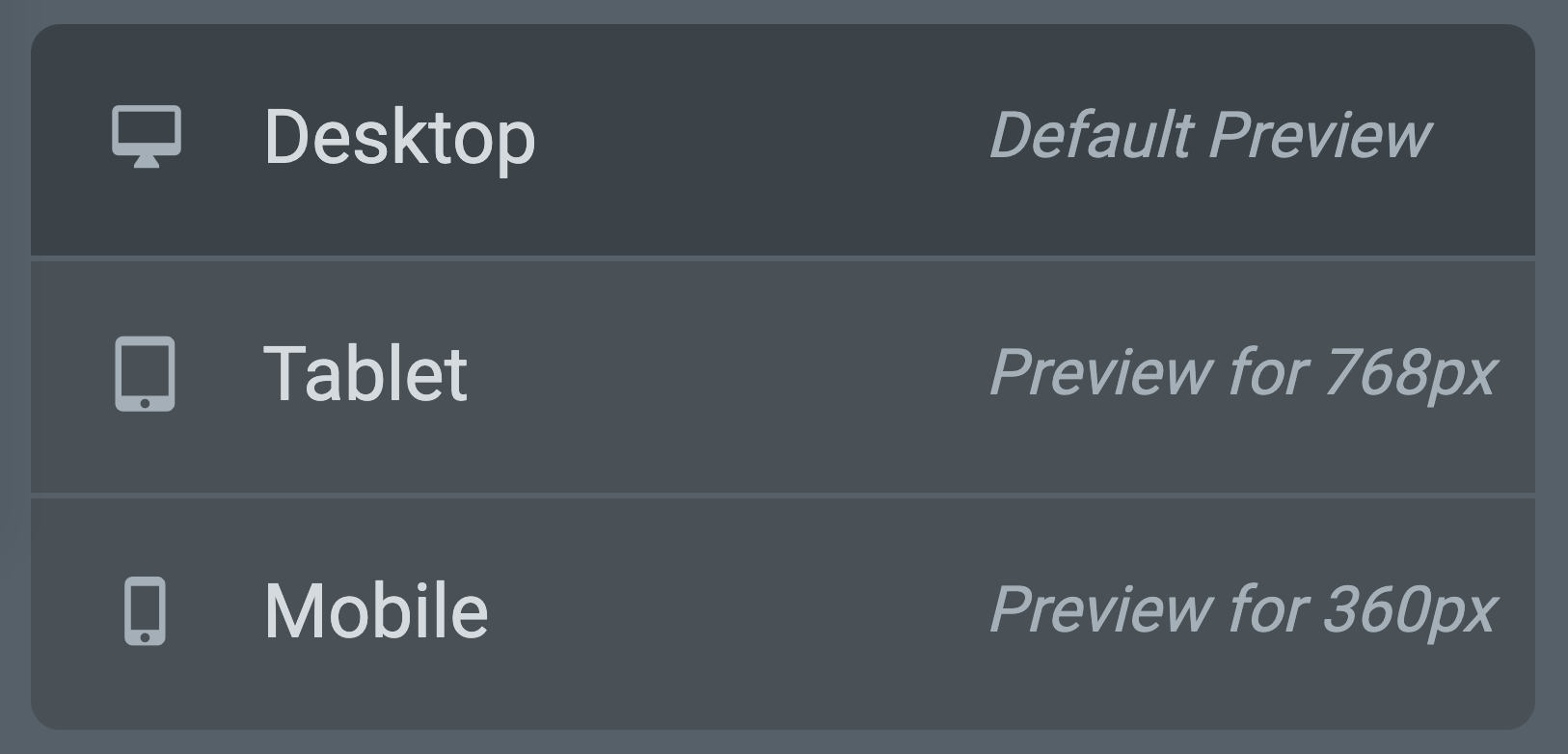
6 SEO Tips For Busy Small Business Leaders
Google is the #1 search engine in the world and the marketers who know how to play the search-engine game are bringing in more traffic and more sales to their websites than their competitors.
What is SEO?
SEO stands for Search Engine Optimization and refers to the strategy of improving website signals that make you rank higher on a search engine such as Google.
Google gets 63,000 searches per second which means that Google is not only a popular search engine but that people are doing a massive amount of research before spending money.
Those who are able to rank higher on Google’s search engine results page (SERP) are winning traffic and putting their brand in front of consumers as they’re making purchasing decisions.
There are many ways to do SEO that we’ll discuss in this article such as writing website content with the intent of ranking on Google when certain keywords are searched. There are also offsite and technical signals that can improve a web page’s rank on Google.
Why Does SEO Matter?
The more technical a product is, the more research a consumer does before purchasing.
When a website successfully answers a technical question that a consumer is researching on Google, trust is built.
Every Google search that displays your website in the SERP means more traffic to your website, increased trust in your company and services, and more consumers that will consider your product when they’re ready to purchase.
So at the end of the day, a strategic SEO plan equals increased business.
On Page vs. Off Page SEO
In general, there are 2 types of signals that Google users to determine search results: on-page and off-page factors.
Which is better?
George Zlatin of Digital Third Coast summarizes that what you rank for is largely determined by your on-page SEO factors, but how high you rank is largely determined by your off-page SEO factors.
Examples of on-page SEO include:
- Meta title
- Title tags (H1, H2, & H3)
- Page content
- Internal linking
- Page load time
- URL structure
- Keyword density
- Image alt descriptions
Examples of off-page SEO include:
- Backlinks
- Number of referring domains
- Anchor text
6 Steps to Successful SEO
1. Use Free or Paid Tools To Research High-Value Search Terms
The top paid SEO research tools are SEMrush, Moz, and Ahrefs. All have similar tools for keyword research, keyword difficulty, keyword search volumes, and competitive analysis to discover what keywords your competitors are ranking for.
These are great tools for businesses who have a dedicated marketing position that is serious about implementing SEO strategies to grow online traffic that leads to sales.
Here are some free SEO tools and how to use them:
SEO Minion is a tool for identifying the on page SEO structure of a competitor’s website to get insights into how they’re ranking and what keywords they’re targeting.
Google Trends can be used to see how keyword search term volumes have changed over time and identify what keywords are increasing in volume that you should consider optimizing for.
Answer The Public is a quirky tool that will give you hundreds of keyword question ideas for writing articles that answer questions people ask to Google.
Google Search Console is another one of the many free search tools from Google. Get real data about how Google is ranking your pages and how you’re performing on your keywords.
Keyword Everywhere This tool actually just went from being a free tool to a paid tool in September of 2019. But it’s such a great and affordable tool that I’ll include it in this list. KE is a Chrome extension that shows you the volume, cost-per-click data, and competition level of a keyword you’re searching.
2. Write Quality Content That Address Common Topics
The best opportunities for SEO to bring business results are low-volume, high value keywords.
While it may be impossible to rank nationally on Google for “Metal Fabrication”, there are hundreds of technical topics that buyers are researching around metal fabrication that you could address.
Using some of the tools addressed above, write high quality content that addresses one keyword topic at a time.
High quality content is well written, gives valuable technical information, uses graphics where appropriate, and usines on-page SEO factors to give keyword signals to search engines.
3. Put your keywords in the right places
When writing content, you have 2 audiences, the user and Google.
Great content won’t be found if you don’t put keyword signals in the right places.
Make sure you’ve carefully written your H1 and H2 tags to contain variations of your keywords.
Your meta title is another big factor in what Google will rank you for. Your meta description doesn’t directly affect SEO but your meta title does so make sure it contains your keywords.
Every image should have an alt description which will be read by the search engines.
While keyword stuffing is an old SEO strategy that no longer has the impact it used it, it’s still important to make sure to include your keyword, and variations, naturally throughout your article so that search engines know what it is about.
4. Improve site speed & remove broken links
Google’s mission is to quickly give users accurate information exactly when they’re looking for it.
If your page contains broken links, that sends signals to Google that your page is giving a bad user experience and it will hurt your rank.
Likewise, users will quickly “bounce” back to the SERP if your page takes too long to load.
A good tool for checking your page speed is Pingdom.
If your page is taking too long to load, try compressing images before uploading them to your website, removing unnecessary code on the back end of your website, and using applications and plugins that take a low amount of bandwidth to load.
5. Make your website mobile friendly
More than half of all web traffic is accessed by mobile phones and that trend will only continue climbing every year.
So it’s more likely that your web page will be viewed (and searched) on a mobile device than on a desktop device.
It is absolutely imperative that you have a mobile version of your website. If your web page looks the same on mobile as it does on desktop, then users will have a very poor experience on mobile and will “bounce” or have a hard time navigating your page.
In order to rank well on search from a mobile device, you have to have a good mobile experience and search engines like Google know if your web site is mobile optimized.
6. Earn links from reputable websites
Getting external domains to point to your website with ‘backlinks’ gives your webpage SEO authority.
There are several ways to earn backlinks but the #1 place to start is to write great content.
The most direct way to earn backlinks is to ask for them. Using SEO competitive analysis tools, you can find out which domains are linking to similar articles to yours and ask them to link to your article instead.
Or if you find an online asset that could be improved by linking to your website, you could call or email asking for a backlink.
The more common, but indirect way of earning backlinks is by spreading your message via common digital channels.
Emailing your blog posts to your email list with the goal of getting outside domains to link to you is one way. Posting your articles to social media can also earn you backlinks from someone who likes your content. Offering to be a guest blogger on other industry webpages is another great way to earn links that point back to your website and increase your SEO authority.
Getting Started With SEO
Marketers who prioritize blogging efforts are 13x more likely to see positive ROI.
While blogging isn’t the only way for businesses to make an impact on their SEO, it is a massive opportunity to cast a wide net to Google in order to catch your share of the organic traffic.
The best place to start is with on-page SEO.
Make sure the keywords related to your product or service are generously placed around your meta titles, H1 & H2 tags, image alt text, and the body copy around your site.
Then prioritize blogging. 43% of B2B marketers say that blogging is their #1 type of content.
The best part about SEO?
When you’ve earned page authority and strong ranking, you don’t have to keep paying for clicks.
SEO is a long term marketing strategy that can produce free traffic and brand authority for marketers who create great content for users and place great signals for search engines.







Comments are closed.